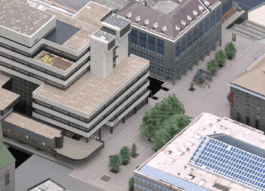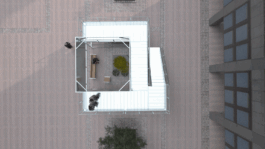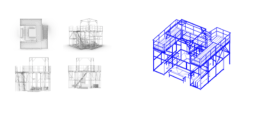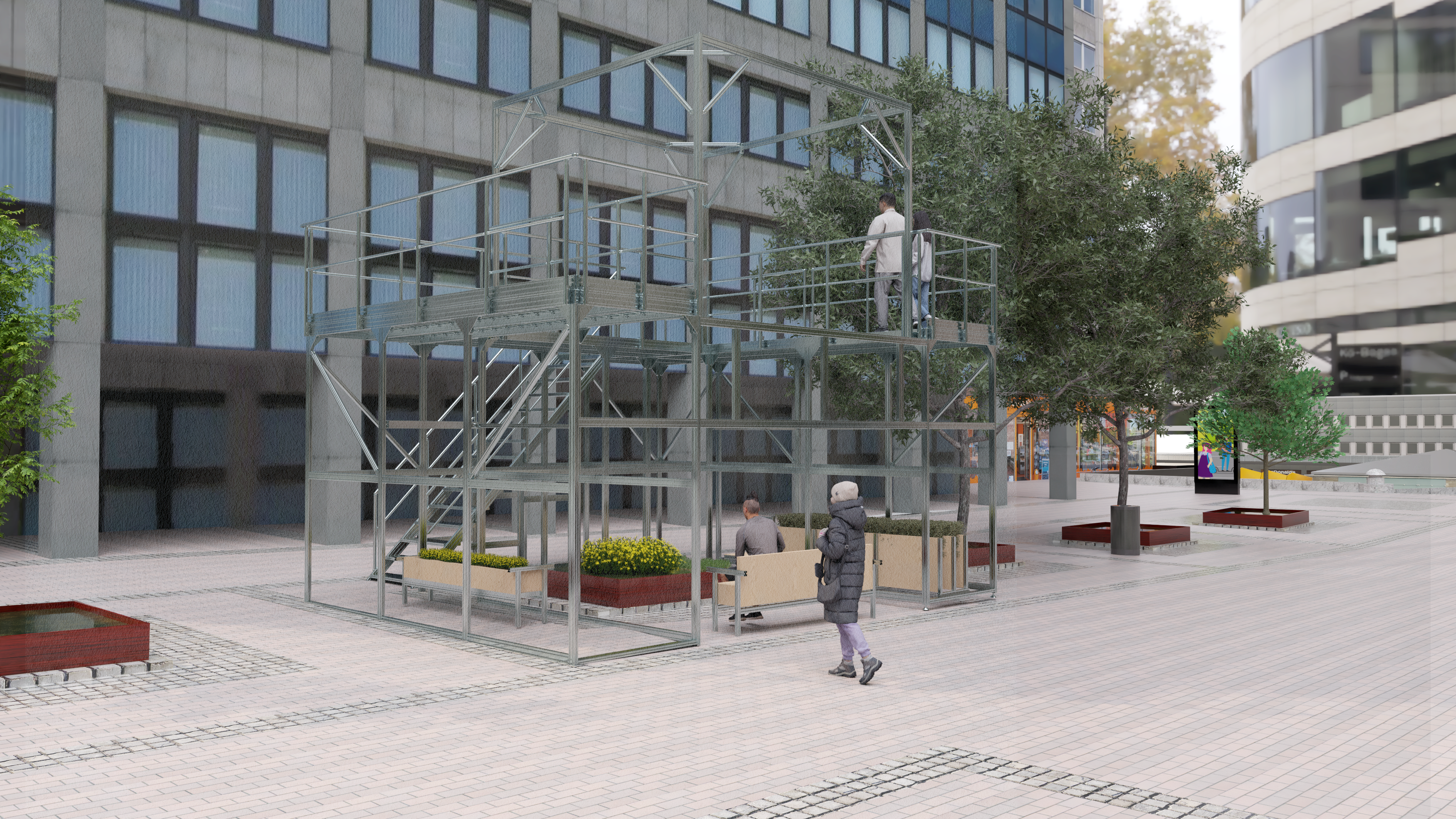Dortmund - Public Art Competition (2025)
In 2025, I was selected for the second phase of a national public art competition organized by the City of Dortmund. The two-stage competition was initiated by the city council to honor the cultural, social, political, and economic contributions of guest workers in post-war Germany.
Out of more than 100 submissions from across the country, my proposal was among the eight selected for public exhibition and further development. The planned location for the realized monument is Katharinenstraße, a central axis between the main train station and downtown Dortmund.
My contribution explored the intersection of personal memory, shared space, and the politics of recognition through sculptural intervention.


The project engages with themes of migration, memory, and public space. In a world shaped by increasing urbanization, the proposal is not only intended to commemorate the lives and labor of former guest workers, but also to offer an open, interactive structure within the urban realm that fosters dialogue around migration and labor histories.
The design intentionally diverges from conventional monuments. Rather than presenting a static gesture of remembrance, it creates a space of ongoing engagement a site for reflection, gathering, and exchange. It is conceived as an active platform where the voices and stories of migrants can be shared, heard, and carried forward across generations.
Artistic Approach
The proposal is based on a minimalist steel structure referencing the utilitarian architecture of early migrant housing specifically the barracks used during the peak of labor migration. These open-frame modules evoke the industrial environments many migrants worked and lived in. The transparent design avoids monumental heaviness, instead creating an open, flexible framework that invites use and re-use.
The installation is not meant to dominate its surroundings but to embed itself gently into the urban fabric. Neutral tones and lightweight construction allow the structure to remain accessible and understated while still carrying symbolic weight — recalling both the architectural typologies and material realities of migration labor history.
Materiality and Construction
The structure is made of robust, weather-resistant materials: aluminum and steel. It is designed for long-term public use, enabling a range of programs such as open-air conversations, workshops, and community events. The modular nature allows for adaptation over time, supporting dynamic, user-driven formats.
Social Relevance and Use
The artwork functions simultaneously as a sculptural presence and as a usable public space. It encourages communities to engage with the legacy of migration not as a closed chapter but as a living part of the urban present. By creating a setting for open participation, the work fosters social connection and collective memory — shifting the focus from static representation to active cultural negotiation.
Community Collaboration
A key element of the proposal is collaboration with local migrant-led organizations. These partners play a crucial role in shaping dialogue formats, workshops, and participatory programs that go beyond commemoration, addressing contemporary issues of migration and integration.


© Burak Güller, 2024, privacy policy, no liability for content of linked sites